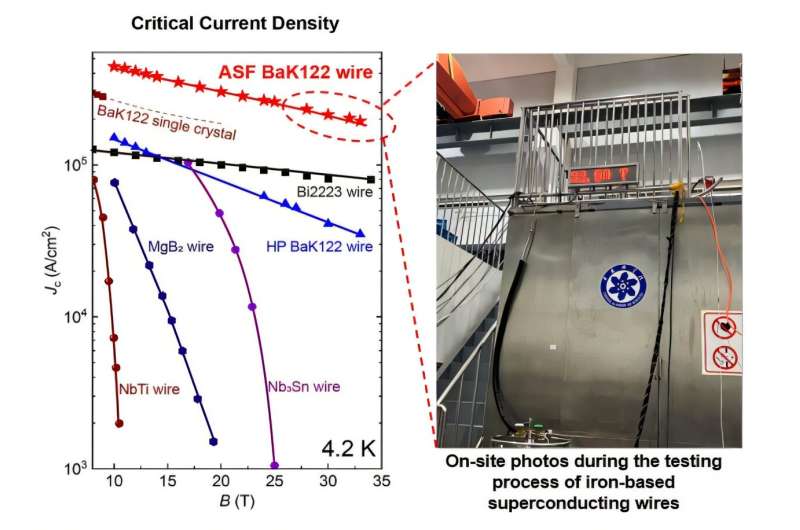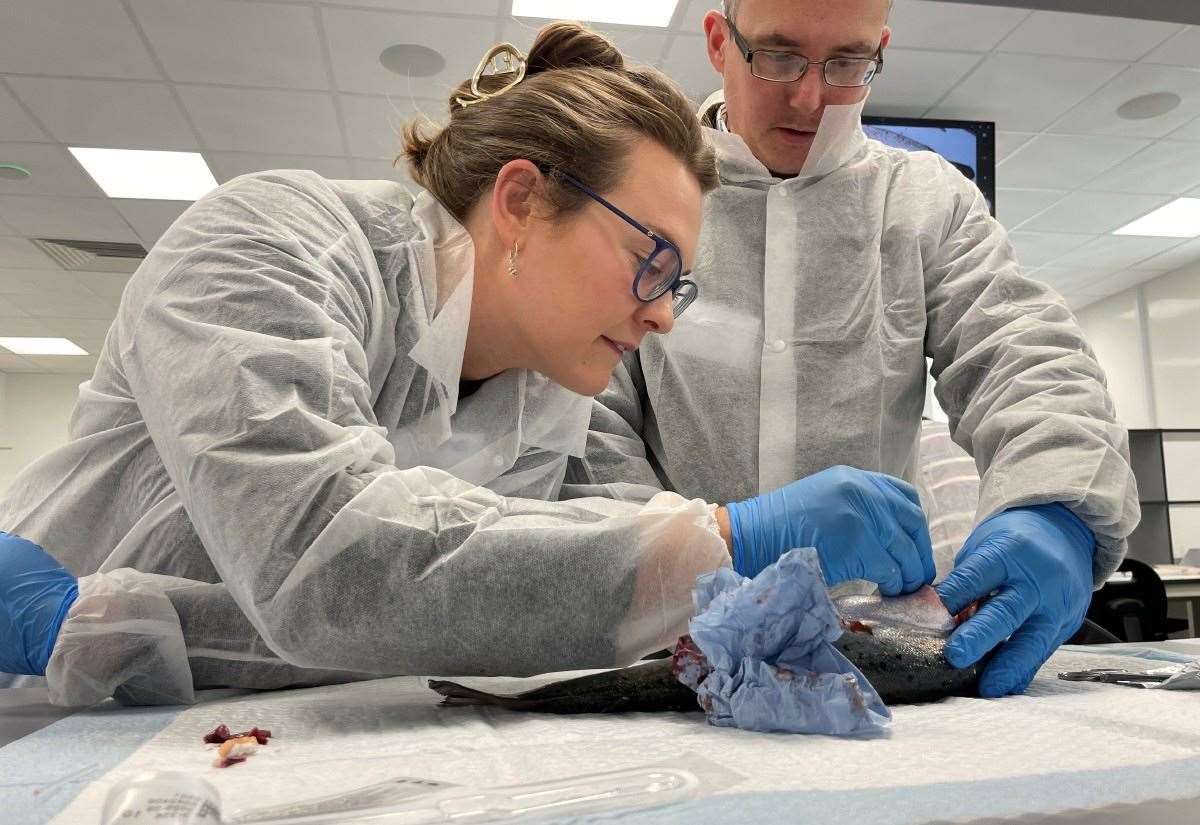Guillermo del Toro’s recent adaptation of Mary Shelley’s gothic novel, *Frankenstein*, has reignited discussions about the scientific feasibility of reanimating a deceased body. As viewers delve into the cinematic experience on Netflix, experts are examining the biological and ethical implications of creating life from death—a theme that captivated audiences since Shelley first published her work in 1818.
Shelley crafted her narrative during a time when anatomy was on the brink of transformation. The public fascination with dissection and the emerging understanding of electricity set the stage for Victor Frankenstein’s controversial experiments. His attempts to piece together a living being from parts of dead bodies reflect real scientific debates of the early 19th century, particularly influenced by the works of scientists like Luigi Galvani and Giovanni Aldini. Their experiments with electricity, which made frog legs twitch and brought about muscle contractions in executed criminals, suggested that life could be sparked by electrical impulses.
The fundamental challenge for modern attempts to replicate Frankenstein’s experiment lies in the practicalities of assembling a body. In the novel, Victor Frankenstein collected bones from various sources and meticulously selected body parts for their strength and proportions. However, once a body is removed from its living state, the tissues begin to deteriorate almost immediately. Muscle fibers lose their tone, and cells deprived of oxygen quickly enter necrosis. Even with refrigeration, viable tissue can only be preserved for a few hours, making the prospect of reattaching limbs or organs daunting.
Restoring life through electricity is also fraught with complications. While electricity can stimulate nerve membranes, creating a brief illusion of life, it cannot revive dead cells. The principles behind defibrillators illustrate this limitation; they can reset a heart that is still alive but fail to restore life where none exists. Once cells die, the complex internal chemistry of the body collapses irreversibly.
The question of whether a reanimated creature could think is equally complex. The human brain, which requires a constant supply of oxygen and glucose, relies on precise physiological conditions to function. Once removed from the body, brain tissue can survive only for six to eight hours, necessitating cooling or oxygen-rich solutions to extend viability. Although modern medicine has made strides in organ transplantation, the severed spinal cord presents a major obstacle. A reanimated body would be paralyzed, requiring artificial ventilation and lacking sensory input, leading to questions of consciousness.
Controversial figures like Sergio Canavero have posited that human head transplants could represent a form of “extreme rejuvenation.” However, this concept raises significant ethical concerns and necessitates the reconnection of numerous peripheral nerves, a feat that current medical technology cannot achieve.
Advancements in regenerative medicine and synthetic biology continue to challenge our understanding of life and consciousness. While modern medicine can replace and sustain many vital parts, it has yet to create life anew. In intensive care settings, the distinctions between life and death are often defined by brain activity rather than mere cardiac function. Once neural activity ceases irreversibly, even the most advanced life support systems can only preserve the appearance of life.
Mary Shelley aptly titled her novel *The Modern Prometheus*, highlighting not just the ambition of scientific exploration but also the moral responsibilities that accompany it. Frankenstein’s ultimate failure stems from his disregard for the implications of creating life. Two centuries later, society grapples with similar ethical dilemmas. As we explore the boundaries of life through science, the lessons from *Frankenstein* remind us that the essence of humanity cannot be reduced to mere anatomy or mechanism. The debate over what it means to be alive continues, revealing that the complexities of life extend far beyond the physical realm.







